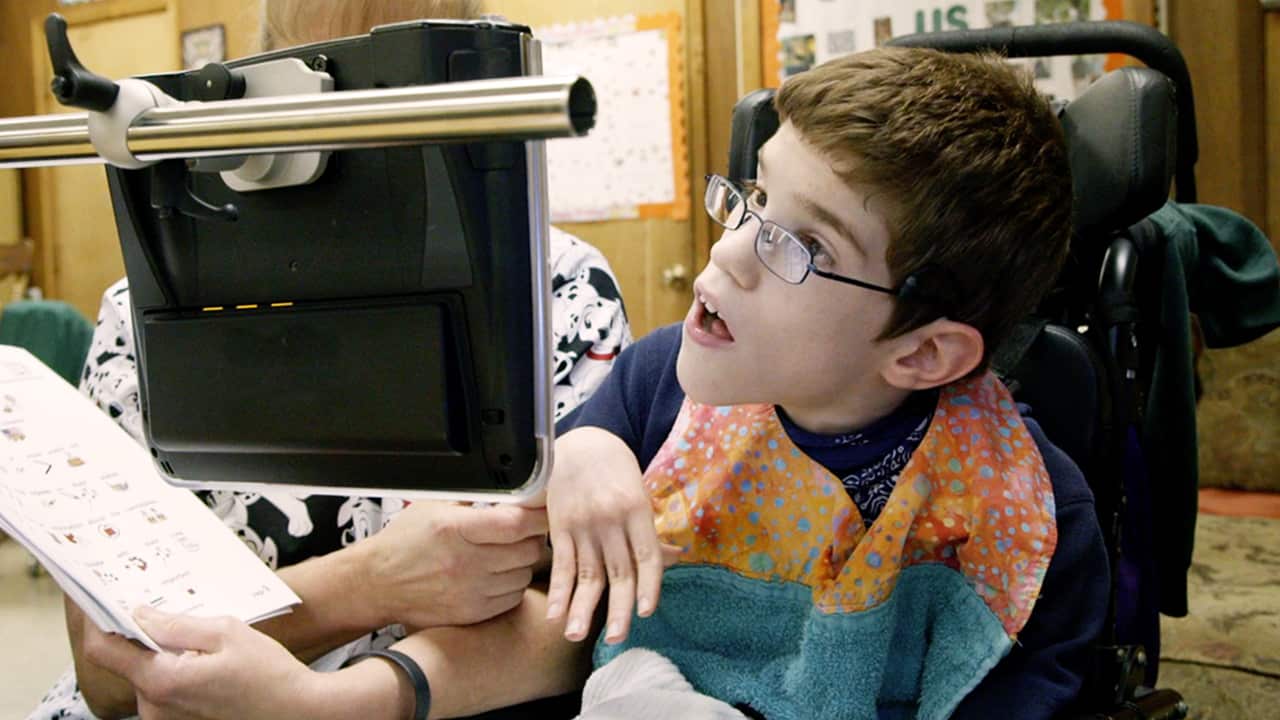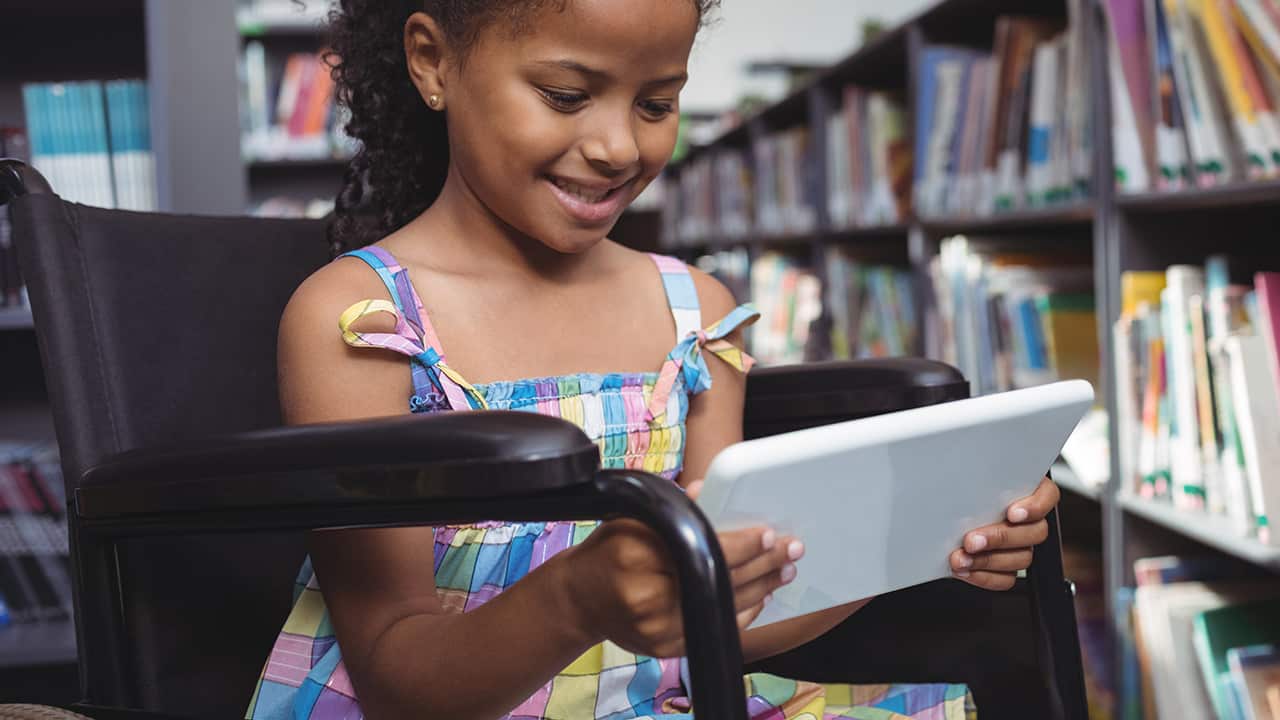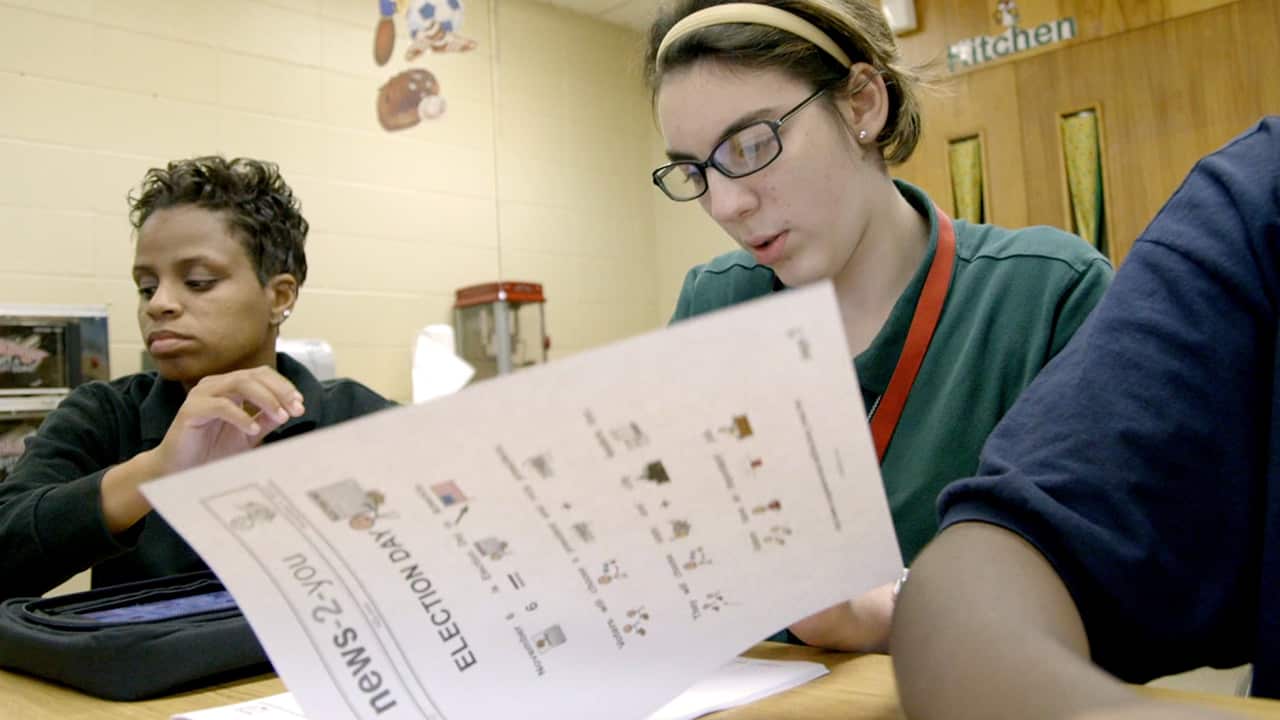Why are so many life skills, such as budgeting, omitted from our curriculum, and how do these skills fit into educating all students, including those with special needs? In the age-old debate over responsibility, someone might ask: “Isn’t that the parents’ job?” In reality, a joint effort from teachers and caregivers to cultivate young adults who are able to care for themselves in a multitude of ways results in the best outcomes.
With this in mind, here are four easy co-curricular ways to integrate life skills regardless of your setting.
1. Cooking
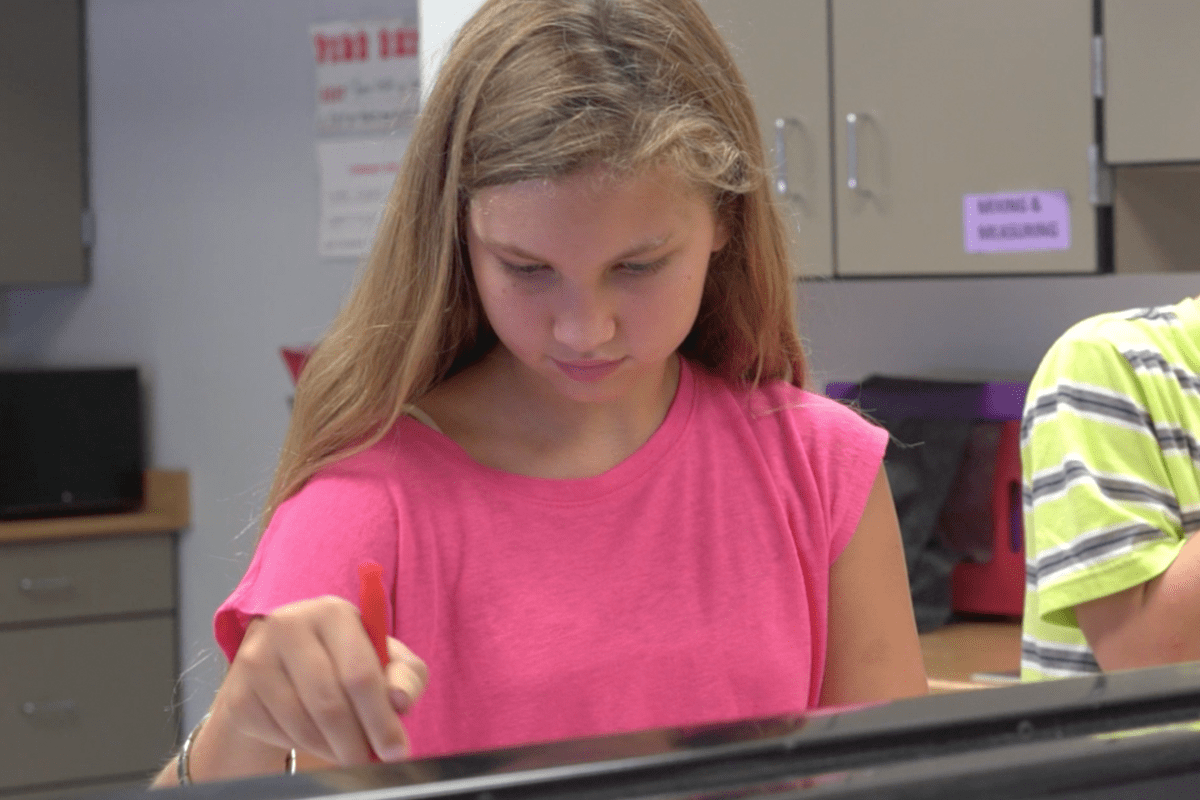
In order to graduate from high school, I needed an art credit, and Foods I, Foods II and Advanced Foods were my jam (pun intended). I loved learning how to cook; it made me feel so grown up, and to this day I love cooking for friends and family.
In my classroom, I do abridged cooking with my students with moderate to intensive needs. As the social communication teacher, I target skills such as teamwork, following directions, listening, sharing responsibilities, etc.
One easy lesson I do is brainstorming a “Teamwork Trail Mix” recipe on the board. This allows the students to take ownership and be responsible for contributing to our trail mix. If anyone forgets their ingredient, then our trail mix isn’t going to be as good (parallel to how their input and participation make our class better). Even though my students may not be making complex dishes like pineapple upside-down cake, they are creating something edible that they can either snack on or, even better, deliver to people around the school to practice their social skills.
2. Money Management
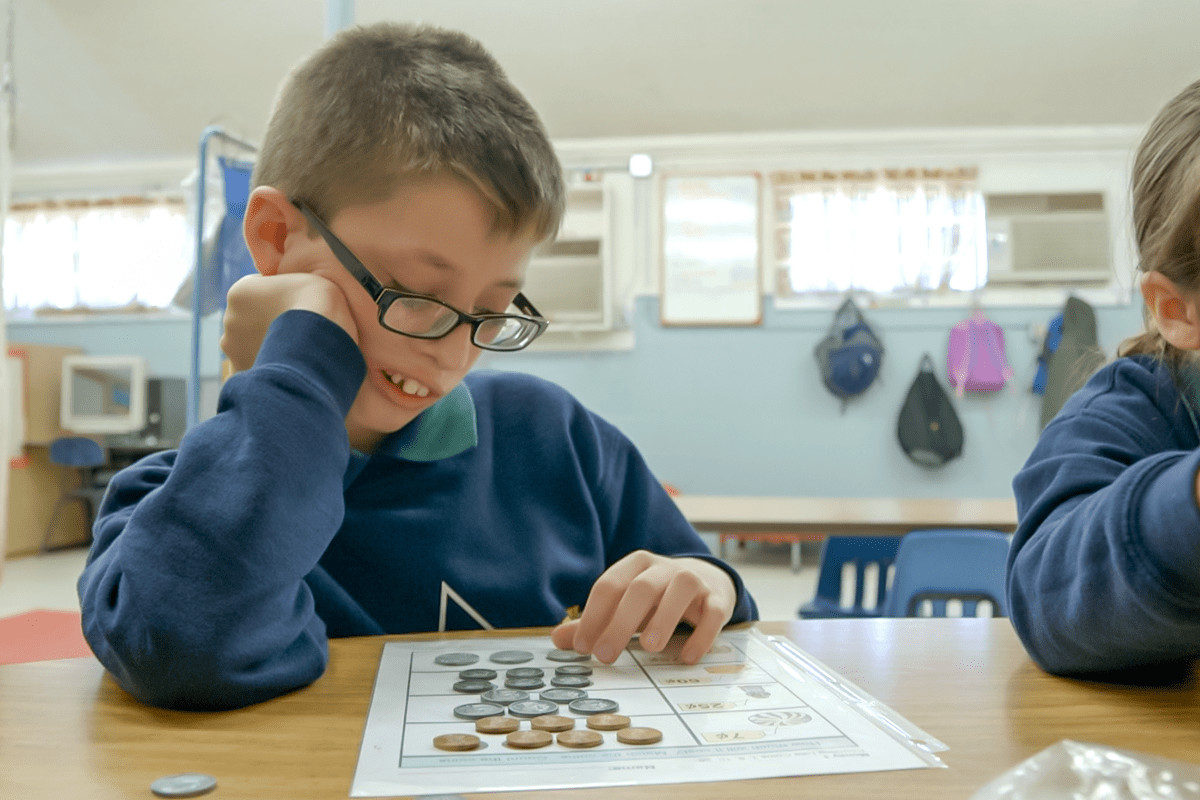
Realizing how expensive being an adult can be and learning to budget were complete shocks to me. I know I’m not the only one who went home for a hot meal as a young adult first on my own.
With this in mind, when I taught middle school we ran a simulation for all eighth-graders called “The Real World.” This simulation randomly assigned each student a career and salary. Then they moved around from table to table choosing their car, housing, etc. We invited community members and business owners to run booths as a fun way to make the simulation more realistic and encourage community and school relationships. The students really enjoyed this activity, and even more importantly, their eyes were opened to what the real world would be like one day. I bet they appreciated their parents a lot more after this activity!
3. Life Transitions
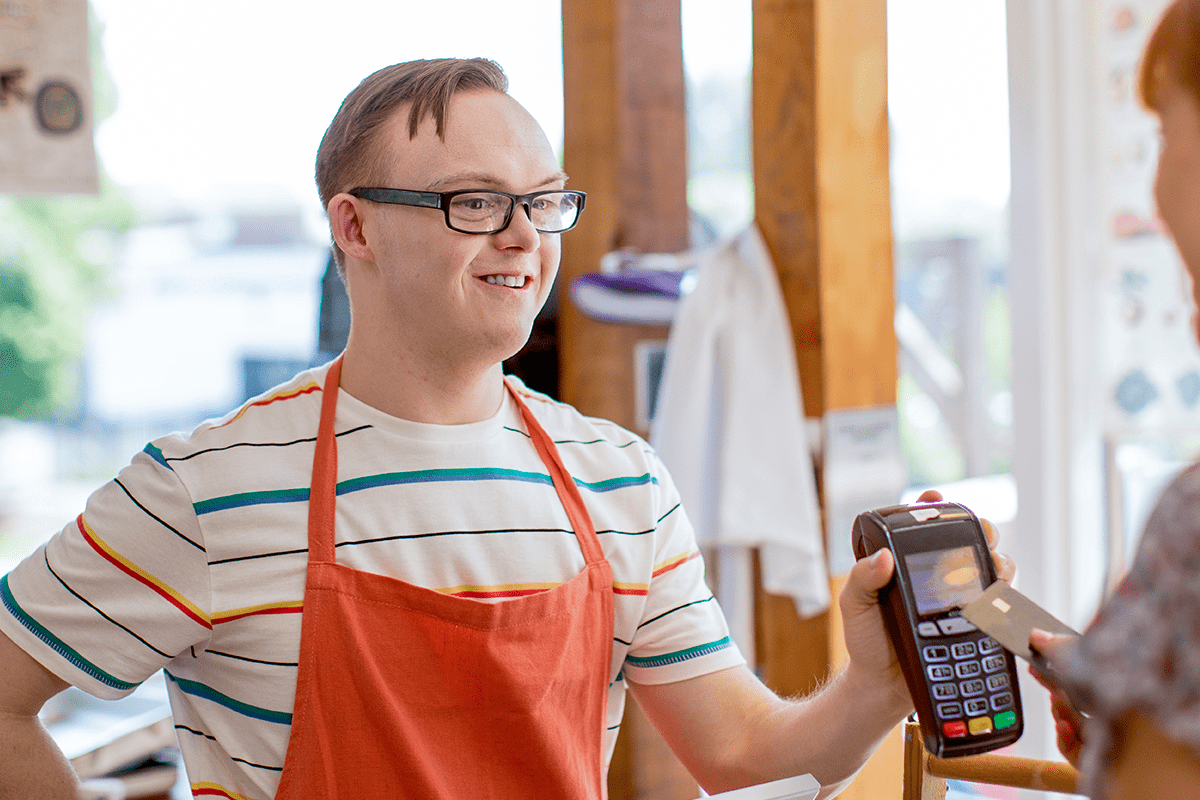
Whether you are a preschool teacher or a college professor, you are preparing your students for their next life transition. Helping students manage transitions is a big part of teaching life skills. Change may be scary to many of us, but teaching students how to embrace change is a paradigm shift that can help them for the rest of their lives, and resilience is a valuable life skill for dealing with change and other aspects of life too.
Helping students visualize a transition is the first step in teaching them to embrace change. Getting them to research the next step and/or taking them on a tour of the next location to meet the educators there can alleviate stress by allowing your students to picture the next change. Note that I have used video modeling when leaving campus wasn’t an option.
4. Social Skills (Social-Emotional)

This topic is highly overlooked and makes a huge impact on a student’s success and fulfillment in life. Learning to interact with others through conversation, collaboration and strong social relationships can make or break someone’s success in a work setting. These skills are innate for some but not others; however, those who lack social skills can be taught.
Simply starting your class with rapport building or sharing about themselves allows students to feel more comfortable and therefore take social risks. Something simple like the “Pow and Wow” (something not so good and something good) of the weekend or day takes minimal time and teaches so much. For example, a student’s “Pow” might be that they didn’t get pizza for dinner. This way we can gain insight into a student’s traits, like resilience, and sometimes learn imperative information about their tenacity and life skills.
Also, any group activity is a great social practice. Group work teaches skills such as compromise and listening, if monitored correctly. Allow your students to choose roles in their groups prior to starting the activity, and intentionally teach skills such as listening to others’ opinions, filtering thoughts and feelings and showing respect. These projects can be connected to the general education curriculum for students with special learning needs, but they can also be simply for fun.
Building gingerbread houses, decorating pumpkins and building the tallest possible structure using only straws and spaghetti may seem to be just silly and fun, but they are sneaky ways to help students practice social skills in an authentic setting. This practice helps students generalize the skills you are teaching, which they can then apply outside of school.
Life skills such as the ones I’ve mentioned are vital to students’ overall success and well-being, and they are relatively easy to implement. Your students will think they are just doing something fun, but really you’ll be teaching them how to navigate life—and hopefully make their future experience as adults more enjoyable!

